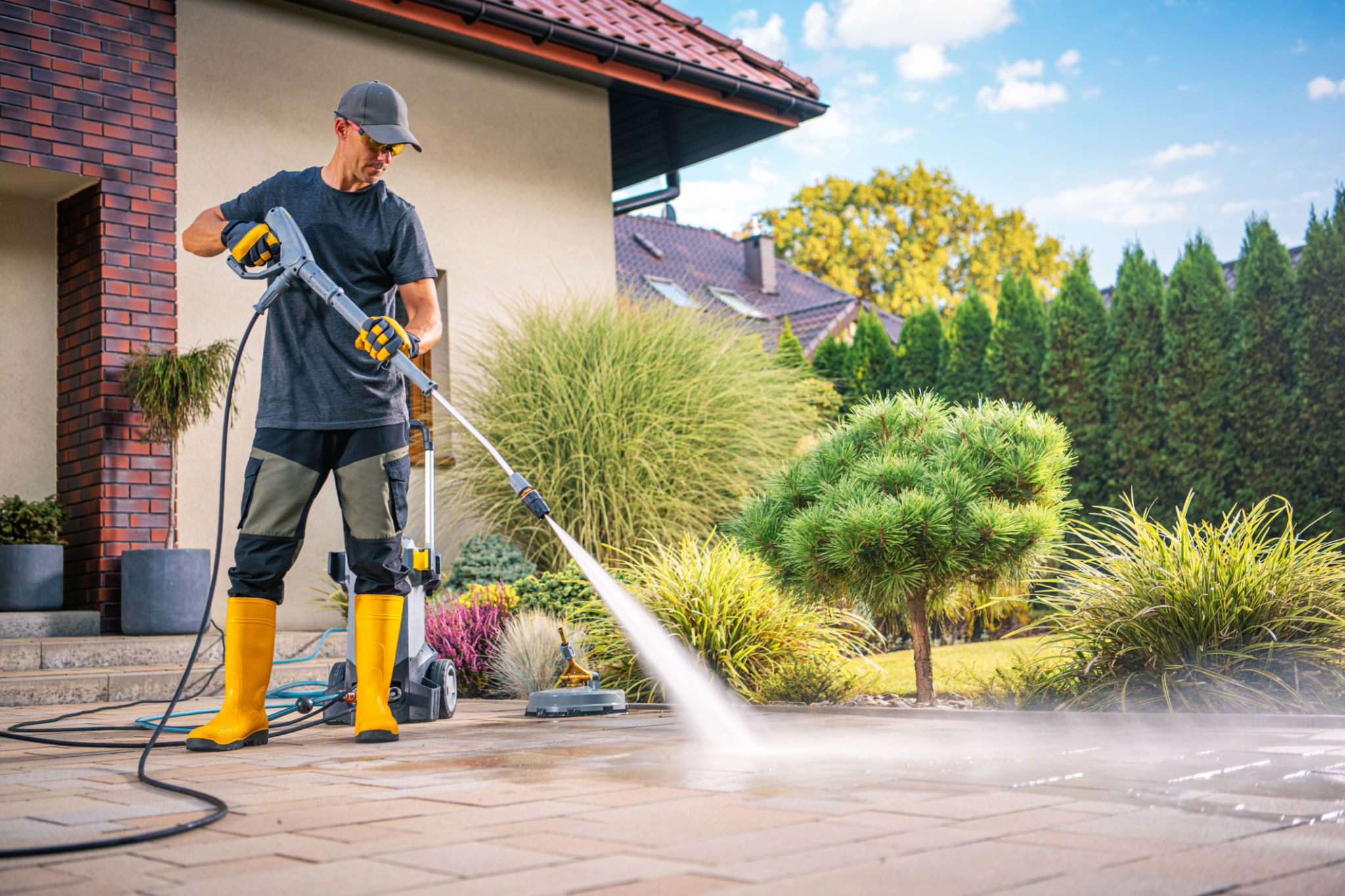Common Misconceptions About Pressure Washing: Debunking Myths
KG
Understanding Pressure Washing
Pressure washing is a popular method for cleaning various surfaces, from driveways to decks. However, there are several misconceptions about this cleaning technique that can lead to less effective results or even damage. Let’s delve into some common myths and set the record straight.

Myth 1: Pressure Washing is Only for Professionals
One of the most prevalent myths is that pressure washing is a task best left to professionals. While it's true that professionals have the experience and equipment to tackle tough jobs, many homeowners can successfully pressure wash their own surfaces with rented equipment. It's important, however, to understand the machine's settings and the appropriate techniques to avoid damage.
Myth 2: Pressure Washing is Harmful to All Surfaces
Another misconception is that pressure washing can harm any surface it touches. In reality, when done correctly, pressure washing is safe for a variety of materials, including concrete, brick, and vinyl siding. The key is using the correct pressure settings and nozzles for each surface type. For example, softer materials like wood require lower pressure to prevent damage.
Myth 3: More Pressure Equals Better Cleaning
A common belief is that higher pressure settings will result in a cleaner surface. While it might seem logical, this isn't always the case. Excessive pressure can damage surfaces and leave them looking worse than before. It's often more effective to use the appropriate detergent or cleaning solution in conjunction with moderate pressure.

The Role of Detergents
Many people think that pressure washing relies solely on water pressure to clean surfaces, but this isn't true. Detergents play a crucial role in breaking down dirt and grime, making it easier to wash away. Using the right cleaning solution can enhance the effectiveness of your pressure washing efforts and provide longer-lasting results.
Myth 4: Pressure Washing Can Replace All Other Cleaning Methods
While pressure washing is an excellent cleaning method, it’s not suitable for every situation. For example, delicate items or surfaces with intricate details might require hand cleaning. Understanding when and where to use pressure washing is essential for achieving the best results without causing damage.
Myth 5: Pressure Washing Uses a Lot of Water
Contrary to popular belief, pressure washing can be more water-efficient than traditional cleaning methods. The high-pressure jets enable you to clean large areas more quickly, using less water overall. This efficiency makes pressure washing an environmentally friendly option when performed correctly.

Conclusion
Debunking these common myths about pressure washing helps you make informed decisions about maintaining your property. By understanding how to properly use pressure washers and recognizing their limitations, you can keep your surfaces clean and well-maintained without falling victim to misconceptions.